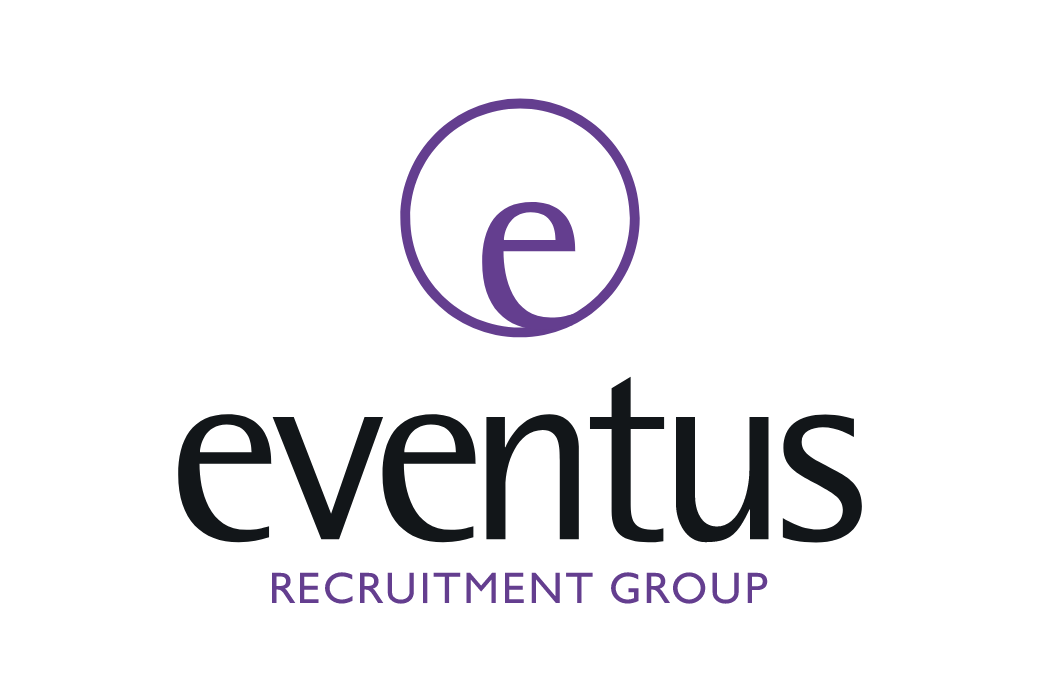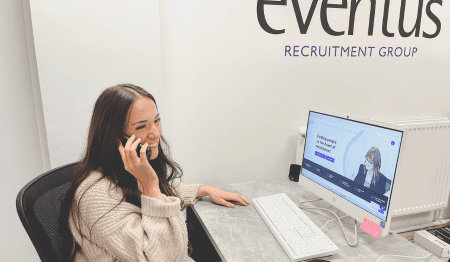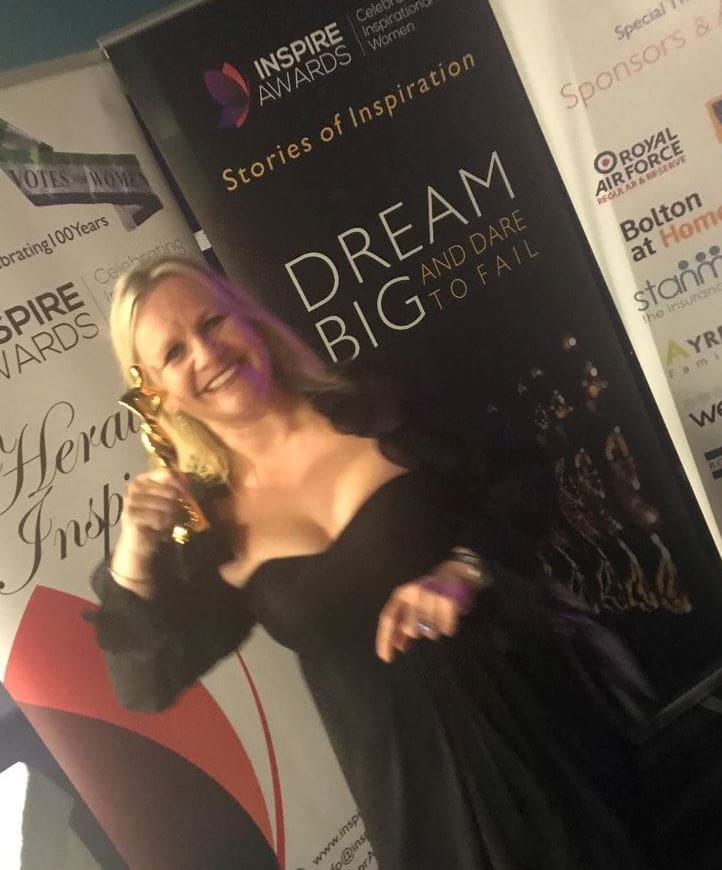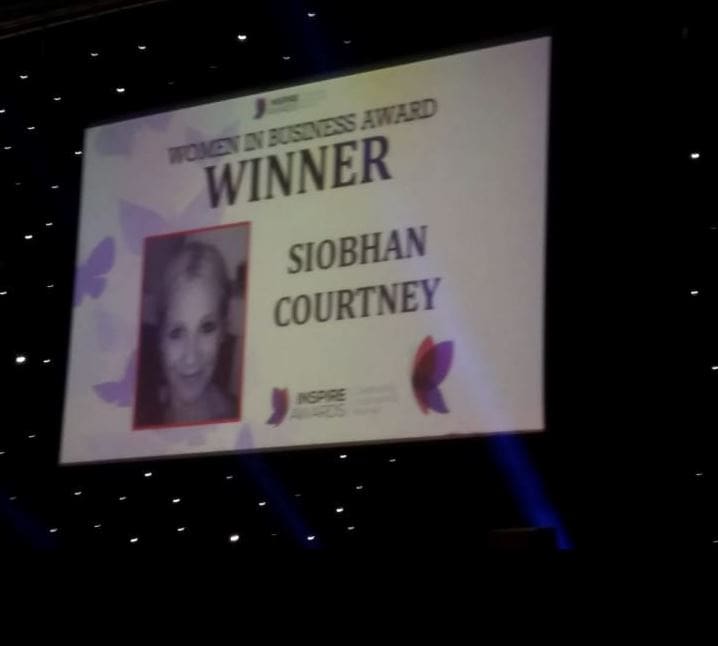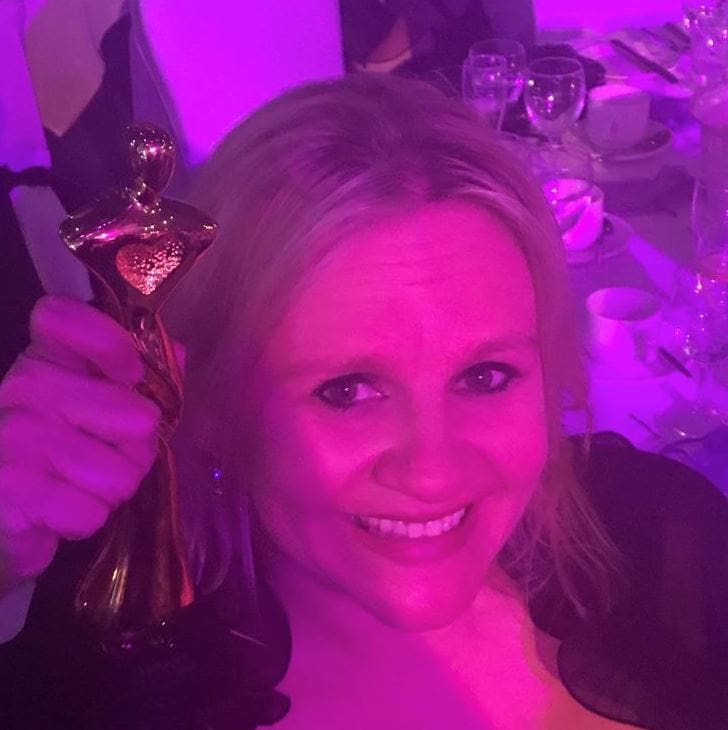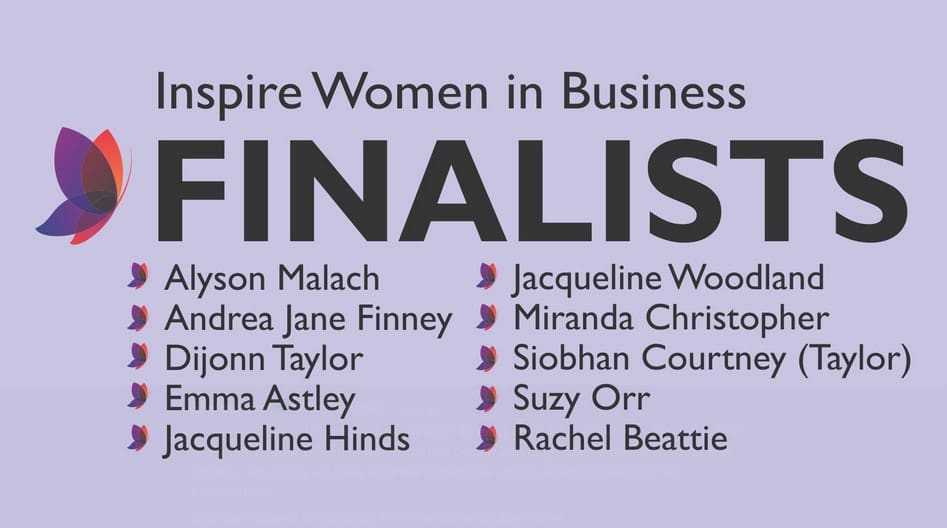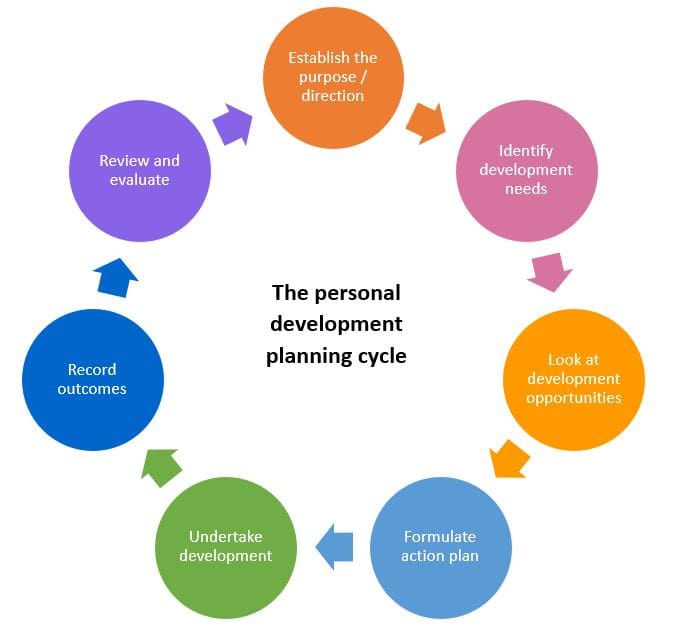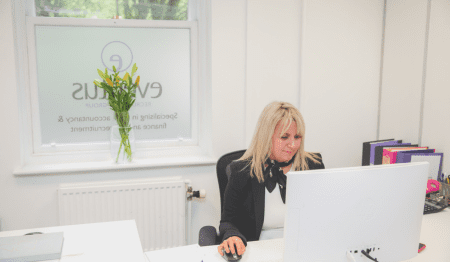If you’re feeling stressed or anxious, consciously attempting to relax through one of many relaxation techniques is beneficial to reduce the heightened state of readiness that your body may be at and return your mind to a state of balance.
The method of relaxation you might choose may be different from everyone you know, and vary at different periods of your life, but it needs to be specific to your needs and the way you tend to react to stress. The method that best works for you will fit your lifestyle and will allow you to focus your mind and shut off from your stressors.
Active breathing is a method that is easy to incorporate into your daily routine is conscious breathing, which is breathing slowly and deeply in through your nose and out through your mouth. This is in contrast to the faster breathing that can occur during stressful periods, thus works to normalise your body’s natural state. Try to consciously relax the muscles in your shoulders and upper chest when you breathe out to counteract any muscle tensions.
Muscle relaxation involves consciously tensing and relaxing different muscle groups in the body and can be combined with the active breathing for additional levels of stress relief. Not only does it help to relax the muscles whilst you are doing it, but it makes you more aware of tension developing in your muscles during stress, allowing you to prevent long term stress. And as your body relaxes, so will your mind. Although the full body muscle relaxation requires time and space, here are a couple of alternatives which you can do almost anywhere:
- Twist your neck around each way as far as it is comfortable; then relax.
- Fully tense your shoulder and back muscles for several seconds; then relax.
Visualisation encourages you to think of a situation or place where you feel happy and calm; imagine you are there to recall pleasant memories and help you unwind. This can be achieved anywhere; the commute to work, at your desk and may just be the little relaxation that gets you through your day.
Active relaxation releases the body’s natural stress relief hormones’endorphins’, so for some people, being active is the best method of relaxation; this could be gentle exercise such as like yoga or tai-chi, a walk outdoors, or their usual exercise (running is beneficial for stress relief due to its cyclical nature).
Further reading can be found at www.patient.co.uk and www.nhs.uk/conditions

